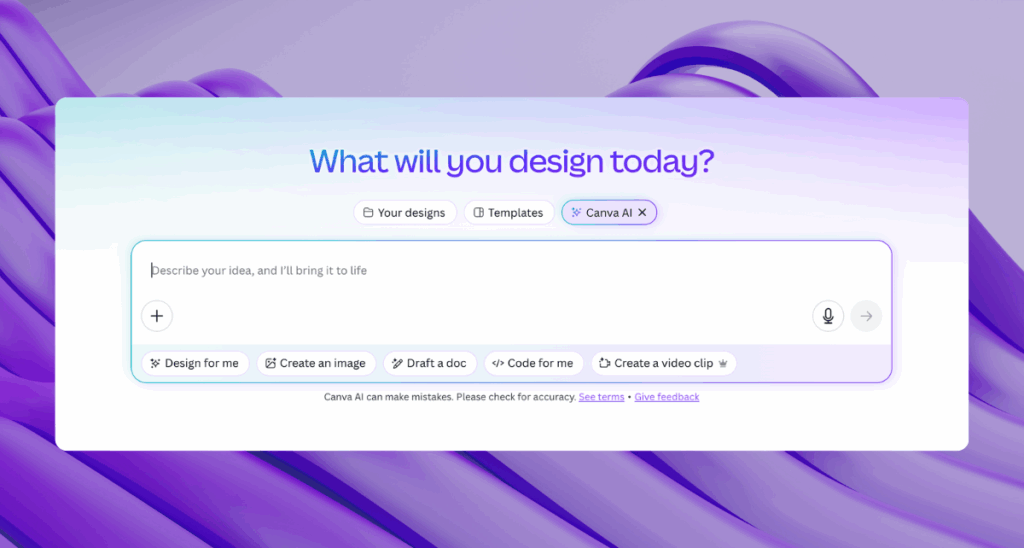Does this revenue curve look familiar to you?
This DTC (Direct-to-Consumer) trend is one that’s been ingrained in my head, and I see it time and again with numerous brands. I call it “The DTC Lifecycle Paradigm,” which consists of three distinct phases:
- Revenue GROWTH
- Revenue PLATEAU
- Revenue DECLINE (often due to a significant hit to new customer acquisition)
Let’s break down each phase to understand the common challenges and pitfalls brands encounter, and how to navigate through them effectively.
Table of Contents
Growth: The Honeymoon Phase
The early stages of a brand’s lifecycle often experience rapid growth. This period feels almost effortless as revenue climbs steadily. However, sustaining this growth is where the real challenge begins.
During this phase, meticulous attention to data, detail, and strategic scrutiny becomes crucial. Many brands fail to lay a solid foundation during their growth phase, which leads to dormant issues that only reveal themselves later. They scale quickly without the necessary infrastructure, setting themselves up for future troubles.

Plateau: The Unanticipated Stall
Many brands are blindsided by a revenue plateau, unsure of why their upward trajectory has suddenly stalled. This often happens because they scaled without thoughtful planning, becoming overconfident as they rode the initial wave of success.
A lack of attention to detail during the setup of ad accounts, naming conventions, and analytics is a common oversight. Two significant points on the X-axis that often mark this plateau are:
- COVID Peak Euphoria (2021): Brands that peaked during this period are now either defunct or struggling to survive, relying heavily on returning customers. These brands attracted a customer base inclined toward impulse purchases, boosted by temporary increases in discretionary spending. Over-ordering inventory based on inflated sales projections put many in a precarious position.
- AI/ML Ad Tech Adoption (Performance Max and Advantage+ Shopping): Recently, many brands have leaned heavily into these black-box technologies without understanding how or when to use them. Algorithms targeted the lowest-hanging fruit without appropriate guardrails, leading to issues. Meta’s Advantage+ Shopping Campaigns (ASC) have been a significant culprit. Many brands failed to define audience segments in their ad accounts and lacked proper budget caps for existing customers. When problems arose, they lacked the infrastructure and data flexibility to diagnose and rectify the issues. Ads often targeted a small segment of the funnel, those most likely to convert within a defined attribution window, whether they were truly incremental or not. This misalignment severely impacted new customer acquisition.

Subscribe to our Newsletter
Get exclusive strategies and insider insights to boost your influence.
Decline: The Panic Phase
When the decline phase hits, brands often panic. Instead of identifying the root causes, they cut back on ad spend, which only accelerates the decline. New customer acquisition growth takes a much larger hit than existing customer growth, which merely keeps the lights on.
Without a steady influx of new customers, existing customer revenue starts to dwindle, leaving the brand in a dire situation with no clear path to recovery. Often, by this point, brands lack the necessary data and infrastructure to pinpoint the major issues, making the journey back to growth a long and arduous one.

Proactive Measures: Seeking Expertise Early
Don’t wait until your brand is in decline to seek help. If you lack a proper handle on your data or customer acquisition strategies, it’s essential to reach out to experts early. Establishing a robust foundation, understanding the intricacies of ad technologies, and maintaining a keen eye on data and analytics can help you navigate the DTC Lifecycle Paradigm more effectively, ensuring sustainable growth and long-term success.

Never Miss a Chance to Get Ahead
If you have questions about how to apply this strategy and approach to your own business, talk to our experts, or request a complimentary consultation.





